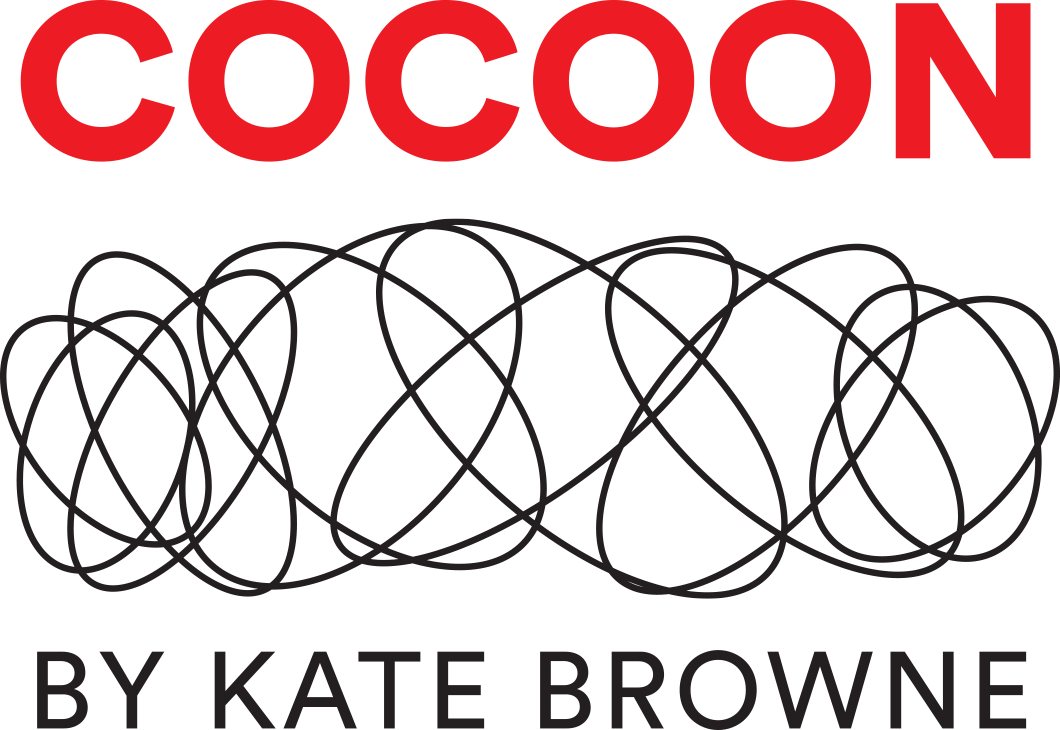This is the sixth performance installation of Cocoon, my series on migrations.
On July 27, 2019, the people of the Numbered Streets walked through their neighborhood carrying lanterns, one for each family the city has evicted and whose home has been razed. People gathered at the Cocoon, hung their lanterns inside, illuminating the sculpture, and then they listened to their own histories of life before, during, and after the removals.
Removals and Demolitions
This summer I completed my sixth Cocoon installation in the Numbered Streets, a neighborhood in Miskolc, Hungary. Miskolc is an old city in the country’s northeast, a center of steel-making since the 19th century, and like most steel towns one that has fallen on increasingly hard times.
For generations Hungarian-Roma families have lived in the Numbered Streets and worked in the plants. In 2014, the city government, controlled by members of Fidesz, the country’s ruling party, began to evict them and destroy their homes. The city’s publicly-stated goal was to renovate its football stadium and expand parking, and it framed the project in the predictable phrases of urban renewal: “Do you support the elimination of slums in Miskolc? There must not be slums in the 21st century in Europe.”
But their real agenda seemed clear. Destroy the neighborhood, and drive the Roma from the city. Playing to old hatreds of the Roma paired nicely with their party’s anti-immigrant fervor. By the summer of 2019 half the houses in the neighborhood had been destroyed, and though the new stadium had been open for some time, the city was continuing to evict and raze.
One resident who watched the city destroy her home described it to me. “They started to pull everything down. There were some small legal houses in the yard and they started to demolish them, to pull away the roofs, to pull away the doors. Then they started to demolish the big house. They pulled up all the fruit trees from the yard, I could not do anything. I couldn't guard my house.”
Before: The Numbered Streets in 2010, before the removals started. 100 quartered-flats — 100 houses, 400 flats. Roma and non-Roma lived together here for generations, many working in the nearby steel mills.
After: The Numbered Streets in 2018. The new stadium with a new parking lot and empty fields where 20 houses once stood. Through the summer of 2019, the city continued to evict Roma as they could, and tear down homes far from the stadium, as the red rectangles — destroyed and partially destroyed homes — throughout the Numbered Streets indicate.
Working in Hungary
I made my first trip to Miskolc in 2017, and multiple trips over the next 2 years. I conducted more than 80 interviews for this Cocoon with current and former residents of the Numbered Streets, including some who now live in Canada.
I was always happy when I was in the Numbered Streets. I loved talking with people through the big casement windows that opened onto the street, and looking at their many family photos of ancestors and descendants. Some streets were so beautiful with massive, ancient trees that scattered their yellow-green blossoms on the street. Here there was a fleeting memory of my childhood as I watched kids ride their bikes under these trees.
Especially in the summertime, with lilacs, trumpet vines and concord grapes, the Numbered Streets reminded me of where I grew up, in central Pennsylvania. My father was an engineer who worked for Bethlehem Steel, first in Steelton, until his part of the plant shut down in the early 1960s, and then in Williamsport. Many of the people in the Numbered Streets reminded me of the close-knit families of friends and neighbors from my childhood who through hard work and generosity made a community.
But everytime I returned I noticed more destruction and fewer people. The grief and trauma on the faces of the people who remained was evident. Some Roma who lost their flats managed to squeeze in with family elsewhere in the neighborhood. Others moved elsewhere in Miskolc, or to a settlement just north of town. Some went to Budapest. Some families fled to Canada. Others sold everything and tried to fly to Canada, only to be turned back at boarding gates in transfer cities, like Paris and Amsterdam.
The city kept on with its grim business. Officials carried out frequent door-to-door checks of identification papers against leases against addresses.
“We didn’t want them to take our kids,” a father told me, explaining why and his family had risked the trip to Canada. They had made it, and secured permanent residency status. “If you don't have a mailing address and a house, foster care comes and takes your kids.”
Above and below: flats and homes in various states of demolition.
Once a building’s remains were carted off, bulldozers scraped the ground flat, then spread new topsoil that had been trucked in.
Please stay tuned
I have a lot more to share about Cocoon in the Numbered Streets over the next few weeks. In addition to more stories and more photos, I’m finishing up a video of the procession and illumination which I will post soon.
In all the previous sites I’ve built Cocoons, the stories I’ve collected centered mostly on the ongoing repercussions, years and decades later, of intense historical traumas — slavery in the MIssissippi Delta, colonialism in the Goutte d’Or neighborhood of Paris. Working in the Numbered Streets was different. Here it was as if the old trauma had been brought back to life; not an echo of the past, but the deadly thing itself.
Lanterns hung in the Cocoon. Each lantern bore the name, street address, and flat name of each family driven from the Numbered Streets.
All photographs by Eric Etheridge with the exception of the satellite maps from Google Earth.






